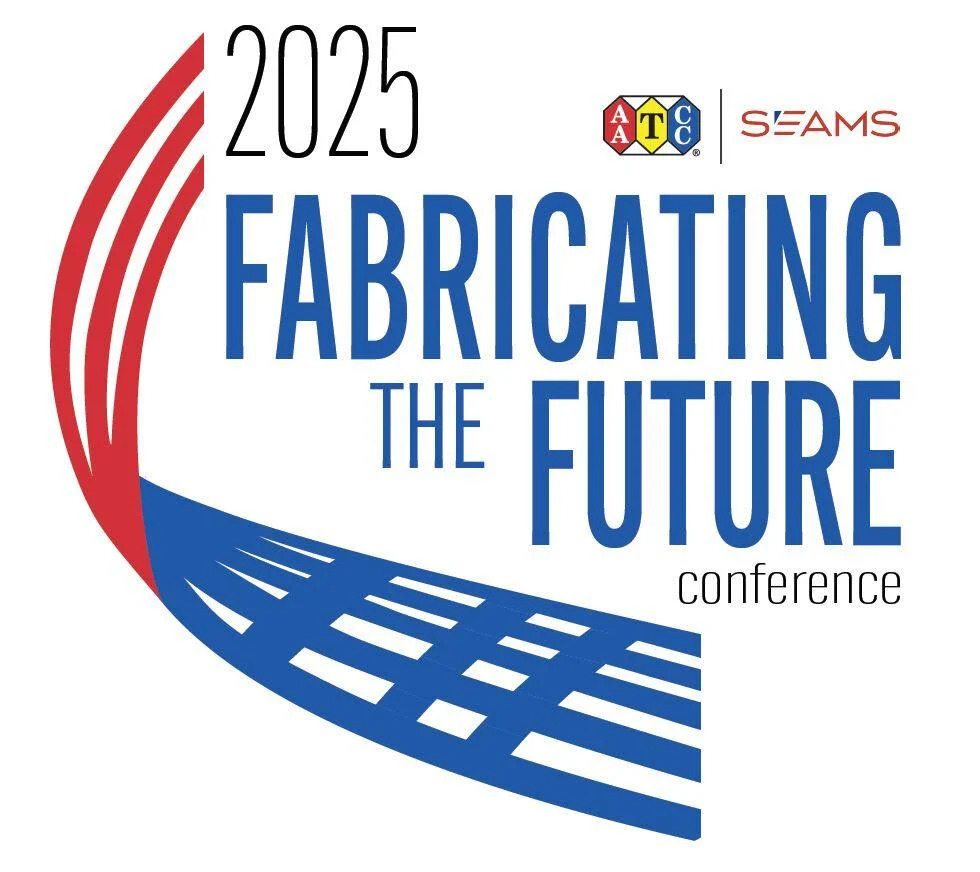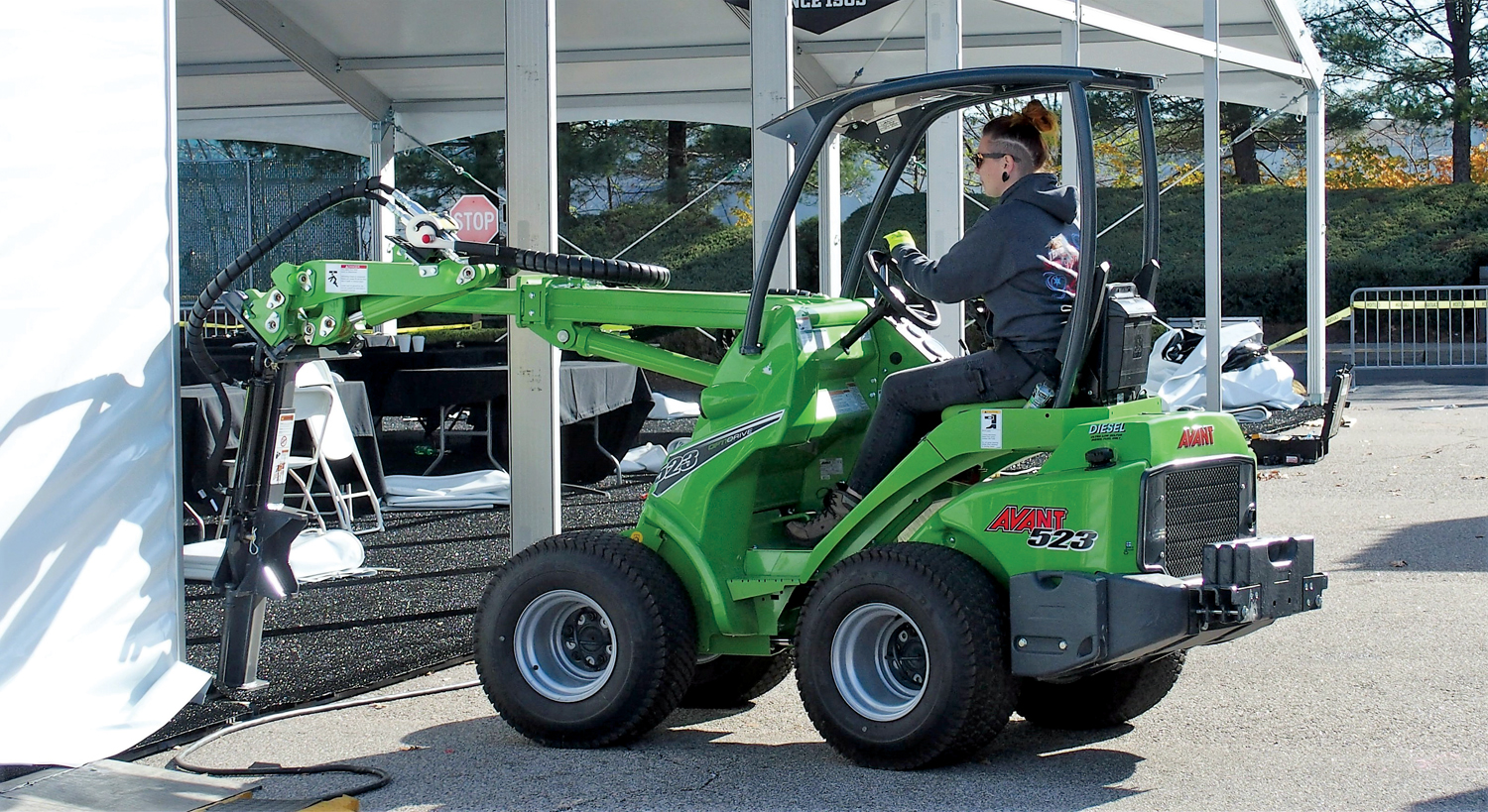Coming from the cosmetics industry, I found the tent industry learning curve to be quite steep when I began my career! During my eight years in this industry, I have certainly learned a lot, but as the industry continues to grow and evolve, there’s always more to learn.
For my first Covered Conversations column, I thought I would share something that I learned about very early on in my journey, but that I have realized many in the industry don’t really know a lot about: vinyl, specifically the difference between a laminated or coated vinyl and the potential impact the purchase of one or the other might have on your business.
First, what is vinyl? What our industry usually calls vinyl is a textile made impermeable by one of two processes, coating or laminating of PVC (polyvinyl chloride). While there are many ways to make coated fabrics as well as many laminating techniques, I will simplify the concepts by using the analogy Alex Petizian at Naizil Canada used when explaining it to me. This analogy compares the processes of coating and laminating to the making of a cheese sandwich.
We can think of the coating process as applying cream cheese to a piece of toast. The coating process requires a form of spreading or painting of the polymer evenly on the fabric. Much like making a cream cheese sandwich by using a knife as the spreader, the coating in fluid form is deposited on the fabric and in front of the knife where it will be spread under the blade. This process will create a stronger bond, which allows coated vinyl to excel in difficult environments where durability and longevity are necessary. Typically, coated vinyl is also easier to clean.
Laminated fabric, on the other hand, is like placing a slice of cheese on top of our piece of toast and then applying heat and/or pressure to make it stick. It is easier for someone who isn’t knowledgeable on the subject to understand the lamination process as we’ve all seen a piece of laminated paper. The downside of this process is that it results in reduced adhesion of the PVC to the mesh. The main advantage of lamination is its cost effectiveness, so a laminated vinyl is less expensive and therefore more budget friendly. It can be a good option for smaller tents and/or for a highly seasonal business. Laminates also come in lighter weights, which can be an advantage in certain situations.
How does this choice impact a business? Well, any potential buyer should consider the pros and cons of each material as well as the context of the purchase when making a purchase decision. Is the buyer purchasing smaller high-peak tents, frame tents, pole tents or larger clearspan structures? The difference in weight can be a factor in handling. Is the buyer planning to use the tents during winter? Or a long-term installation near the coastline? Are they considering the purchase as an investment that they would like to last longer?
On a final note, it’s important to understand that there are cheaper materials and some of higher quality in both categories of vinyl, and the weight of the material is not the only factor playing a role in the product’s level of quality. Also, not all laminates are created equal and coated vinyl is
no exception.
As with any purchase, buyers should ask plenty of questions and consider all the pros and cons of each before making a purchase. And keep in mind that proper handling, washing, storage and maintenance of vinyl is key, no matter what type of vinyl is ultimately purchased.
Julie Couture is the manager of sales and marketing for Fiesta Tents Ltd. She also serves on the Advanced Textiles Association’s Tent Rental Division board of directors.







Leave A Comment